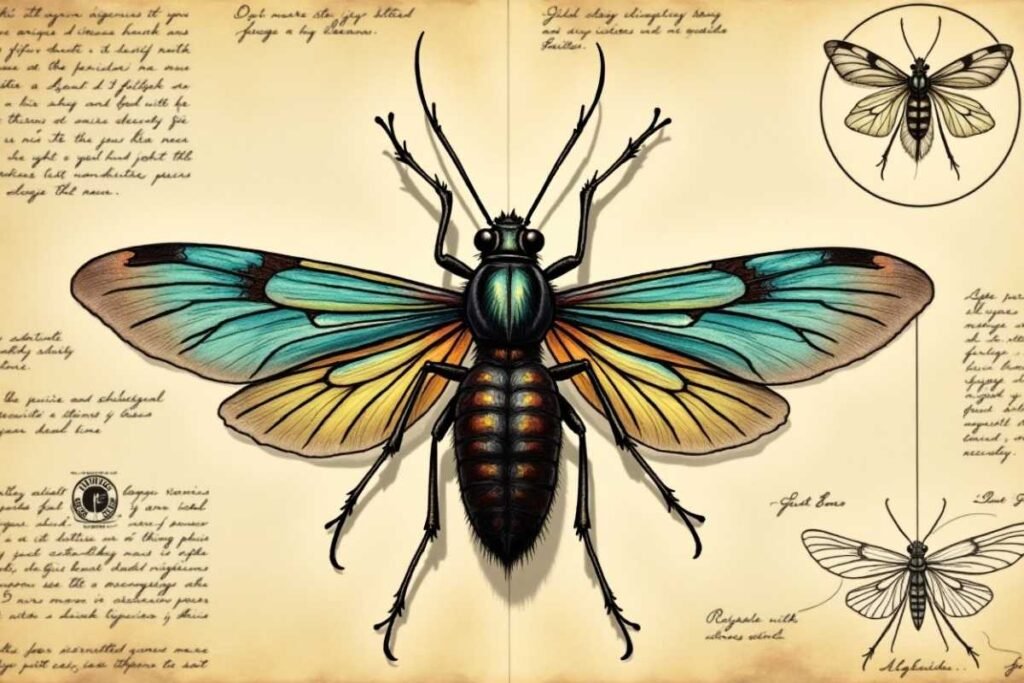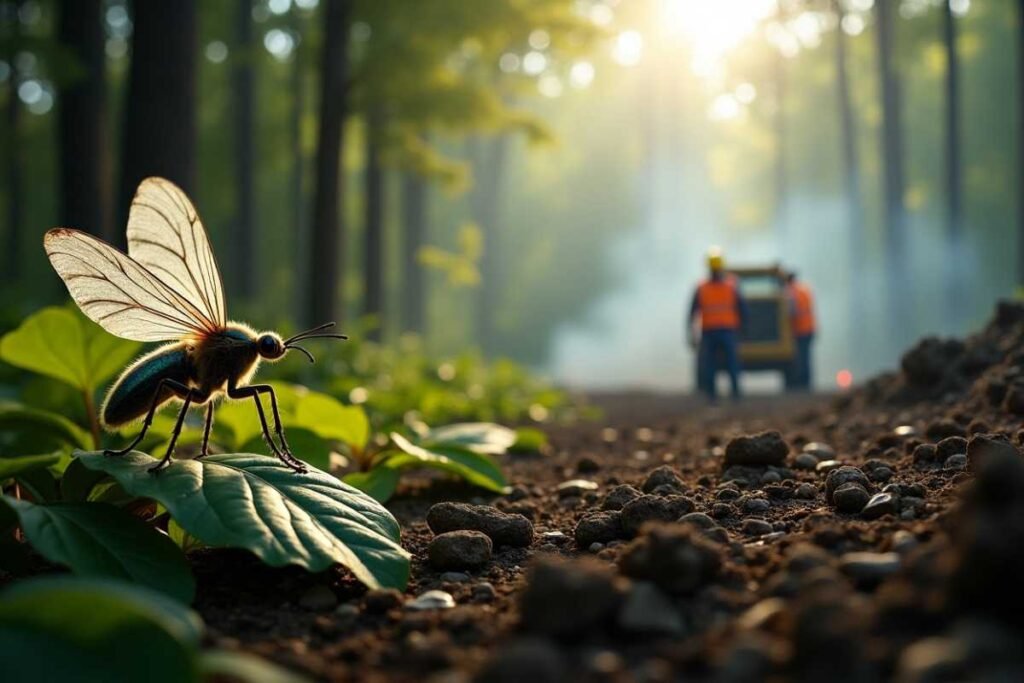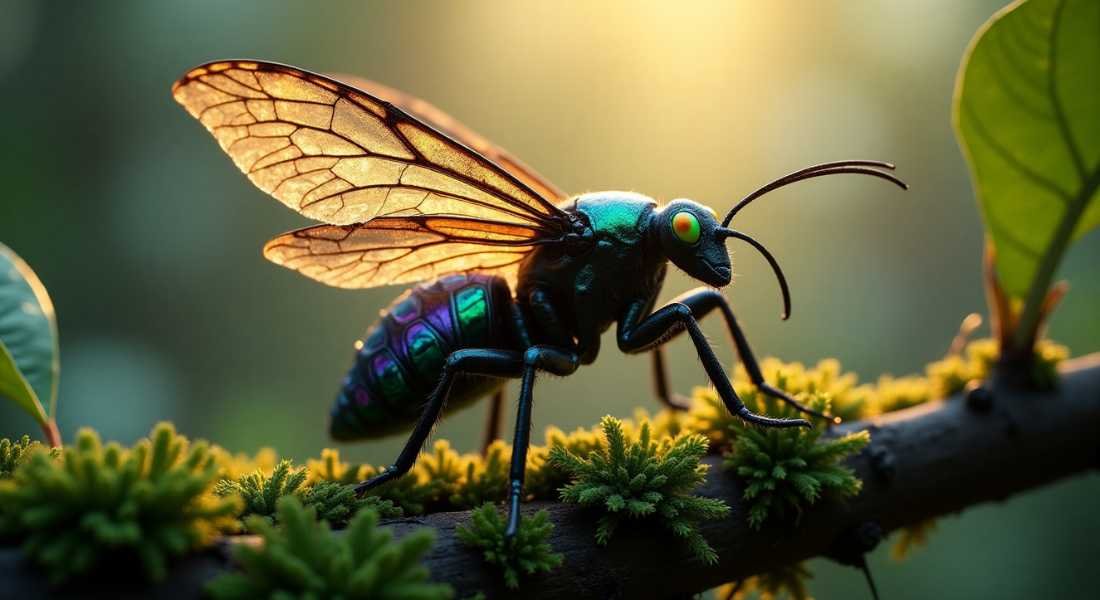What is Pernithia galnith? This intriguing question has sparked the interest of entomologists, nature enthusiasts, and biodiversity researchers alike.
Pernithia galnith is not just another entry in the catalog of obscure organisms it represents a fascinating window into the complex web of insect ecology and evolutionary adaptation.
As a lesser known species it continues to be studied for its unique biological traits and its ecological significance within specific ecosystems. In this article we’ll take a deep dive into every relevant aspect of this organism answering your curiosity in full.
What is Pernithia Galnith?

In the ever expanding world of taxonomy and species identification one enigmatic name continues to spark curiosity Pernithia galnith.
This obscure yet fascinating organism has emerged as a point of intrigue among ecologists, biologists, and even science enthusiasts. So what is Pernithia galnith and why is it gaining attention in modern biological research?
Whether you stumbled across this name in a research pepper0 or heard it in an online biodiversity discussion this guide will help you uncover everything you need to know.
From its scientific background to habitat preferences, reproductive strategies, and ecological importance this article offers a deep dive into Pernithia galnith a species that may just change how we perceive insect diversity.
Understanding the Basics of Pernithia Galnith
Pernithia galnith is a rare species classified under the arthropod phylum and is considered a significant find in entomological studies due to its unique morphology and behavioral traits.
While its classification has sparked taxonomic debates most experts place it in a distinct genus due to its evolutionary divergence.
Scientific Classification and Taxonomy
Belonging to a rare sub group within the insect class Pernithia galnith holds a complex taxonomic hierarchy. Its classification stems from both genetic sequencing and phenotypic trait analysis.
Morphological Characteristics
The organism features elongated wings with translucent tips segmented antennae and a distinctly marked exoskeleton. Its wing patterns are often compared to mimicry species which confuses predators and researchers alike.
Why is Pernithia Galnith Important in Biology?
The discovery of Pernithia galnith isn’t just about naming another bug it’s about what it teaches us. Scientists believe its biological features and behavior patterns may offer insights into evolution, adaptation, and biodiversity in fragile ecosystems.
Ecological Role and Biodiversity Impact
Pernithia galnith plays a role in maintaining the ecological balance. As both a prey and a predator within its food chain it impacts population control of smaller insects and serves as a food source for birds and amphibians.
Contribution to Scientific Research
Due to its rare genetic composition and behavioral adaptations Pernithia galnith has become a subject of field studies aimed at understanding species evolution especially in isolated biomes.
Step by Step Guide: How Scientists Study Pernithia Galnith!
To fully understand what is Pernithia galnith it helps to look at how researchers explore its existence through a structured scientific process.
Step 1: Field Observation
Biologists begin by identifying habitats where Pernithia galnith has been previously recorded. Observation includes noting movement, feeding habits, and interactions with its environment.
Step 2: Specimen Collection and Preservation
Entomologists collect samples using nets and traps ensuring ethical handling. Specimens are then preserved using alcohol or freezing methods for later morphological analysis.
Step 3: Morphological and Genetic Analysis
Under lab conditions, researchers examine its physical structure under a microscope. DNA sequencing helps determine evolutionary links to other species and confirms classification.
Step 4: Ecological Study and Modeling
Researchers simulate ecological conditions to analyze how Pernithia galnith responds to changes like climate variation or predator presence. This modeling predicts how it might adapt over time.
Step 5: Documentation and Peer Review
Results are compiled into research papers and shared with the scientific community for peer validation. This process helps build a consensus on its taxonomy and ecological role.
Pernithia Galnith and Its Adaptive Evolution
Over the years Pernithia galnith has evolved distinct adaptations that enable it to thrive in specific environmental niches. Its wing design aids in swift movement through dense foliage while its camouflage coloration helps evade predators.
Climatic Preferences and Habitat Adaptations
It favors temperate forest ecosystems with high humidity. Reports suggest it can survive mild environmental disruptions due to its ability to modify behavioral patterns seasonally.
Threats and Conservation Status of Pernithia Galnith
Though not yet classified as endangered Pernithia galnith faces numerous threats from human activity and environmental degradation.
Impact of Deforestation and Habitat Loss
Deforestation and urban sprawl have directly reduced its native habitats. Fragmentation of ecosystems makes it harder for the species to maintain sustainable populations.
Conservation Efforts and Research
Organizations are launching habitat preservation programs and encouraging more field studies. Citizen science platforms also invite volunteers to document sightings to support data collection.
What is Pernithia Galnith in Simple Terms?

Pernithia Galnith is a rare arthropod species studied by entomologists for its unique wings, adaptive behavior, and ecological role.
Found mainly in humid temperate forests it helps maintain biodiversity by acting as both predator and prey.
While not dangerous to humans it offers valuable insights into evolution and ecosystem balance.
Conclusion
Pernithia galnith is not just another entry in a biology textbook it’s a living testament to how much we still have to learn about Earth’s biodiversity.
From its mysterious classification to its impactful ecological role it challenges us to look deeper into the microscopic and often overlooked corners of our natural world.
Understanding what Pernithia galnith is opens the door to new questions about evolution, adaptation, and the urgent need for conservation.
As field research continues we can expect even more fascinating insights to emerge about this mysterious insect.
FAQs
What exactly is Pernithia galnith?
Pernithia galnith is a rare arthropod species known for its unique wing morphology and complex behavioral traits.
Where is Pernithia galnith commonly found?
It thrives in temperate forest zones, often in areas with high humidity and dense vegetation.
Is Pernithia galnith dangerous to humans?
No. There’s no evidence that the species poses any threat to humans. It mainly interacts with its natural habitat.
How do scientists classify Pernithia galnith?
Using both morphological and genetic data, researchers place it in a unique genus within its family.
Is Pernithia galnith endangered?
While not currently endangered, it is at risk due to deforestation, climate change, and loss of habitat.
Why is Pernithia galnith important to biodiversity?
It plays a role in its local food chain and helps maintain ecological balance, making it valuable to biodiversity and conservation studies.







